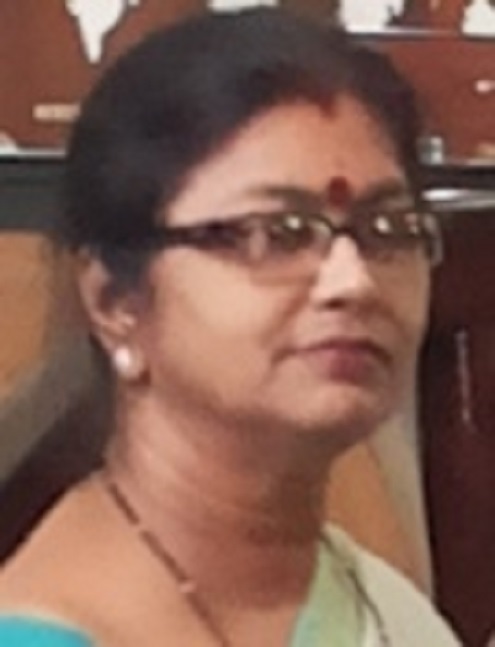5127
Scientific Program

Sharda Sundaram Sanjay
Department of Chemistry, Ewing Christian College, Allahabad
Title: Effect of Binary Solvents on the Nature of 1:1 Fe(III)-Thiocyanate Charge Transfer Spectra
Biography:
Sharda Sundaram Sanjay, Associate Professor, is currently working at the Department of Chemistry, in Ewing Christian College, University of Allahabad. The most recent publication is 'A Brief Manifestation of Nanotechnology.
Abstract
Fe(III) forms charge-transfer complexes with several inorganic and organic ligands. Charge-transfer complexes (CT- Complexes) are formed in case of molecular association as well as metal ligand complexes. Studies on metal complexes with various ligands in different mixed solvents shows very interesting interactions . We have studied a systematic study of 1:1 Fe(III)-thiocynate CT-Complex using both ultrasonic and spectrophotometric methods, in ethanol-water binary solvent mixture (ethanol-water mixture : 5%, 10%,15%, 20% and 25%) and determined ultrasonic parameters at RTP (298.15K). Since alcohols are Bronsted acids with similar strengths to water, it acs as good hydrogen bond donors and accepters. Therefore serve as “co-solvent” to provide better solubility for the complxes. The separation and solvation of ions reduce the tendency of the complexed ions to associate into aggregates, and ultimately, to precipitate as solids from solution. Through charge–dipole interactions, the dipole moment vectors of the complex in polar solvents orient in such a way so as to create an attractive stabilizing interaction with the charge and geometry of the complex ion.The stability constant and molar absorptivity coefficients of the charge transfer complex formed by Fe (III) with thiocynate ion were determined simultaneously using a graphical method developed in our laboratory. The changing trends in ultrasonic parameters are correlated with the various factors affecting it like hydrogen bonding, charge transfer interaction, dipole-dipole interaction, and Van der Waals interactions etc. Depending on the molecular interactions and the nature of the liquid mixtures the change in the molar volume is discussed in terms of molecular interactions and structural changes.
- Sustainable Energy and Development
- Materials & Mechanism of material
- Engineering Materials & Composite Materials
- Advanced Bio-Materials & Bio-Devices
- Piezoelectric Materials and 3-D Printing
- Materials Science and Metallurgy

